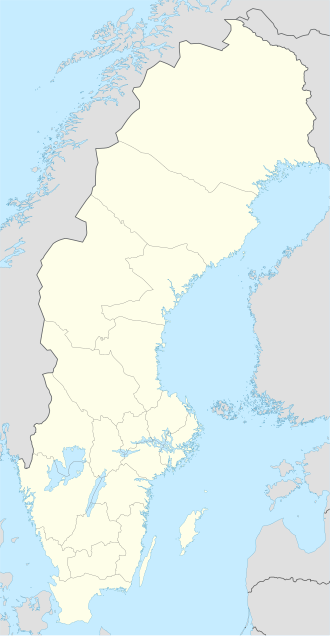Kalix archipelago
The Kalix archipelago (Swedish: Kalix skärgård) is a group of 792 Swedish islands in the north part of the Bay of Bothnia. The largest island in the Kalix archipelago is Rånön. A few of the islands have small permanent populations, but most are used only for recreation in the summer months. They are icebound during the winter. LocationThe north of the bay of Bothnia contains a large archipelago area.[1] The islands in the Swedish sector make up the Norrbotten archipelago.[2] It is divided into the archipelagos of Piteå (550 islands), Luleå (1,312 islands), Kalix (792 islands) and Haparanda (652 islands).[3] Due to post-glacial rebound the land is rising at from 0.8 to 1 centimetre (0.31 to 0.39 in) annually, so the shoreline can retreat by as much as 100 metres (330 ft) in one person's lifetime. As a result, the islands are growing in size but the waters and harbors are becoming shallower.[4] The largest island in the Kalix archipelago, and in the Norbotten archipelago as a whole, is Rånön.[5] It is the only island in Kalix that once had a resident population, who lived from forestry, fishing and farming. Traces can still be seen. Stora Huvön is said to be one of the most beautiful islands in Sweden, with cliffs that rise from the sea, a sandy beach, and deep tree-filled valleys. Malören, in the outer archipelago, has a chapel that dates to the 1770s.[6] Some of other islands include Bergön, Berghamn, Björn, Getskär-Renskär, Halsön, Granön, Likskär and Stora Trutskär.[7] ClimateThe archipelago is only 100 kilometres (62 mi) south of the Arctic Circle, so there is daylight for 24 hours in the summer, and full moon all day in the winter.[8] The waters around the archipelago are brackish, with less the 10% of the salt content of the Atlantic.[9] The sea freezes in January and remain frozen until March–April.[10] See alsoReferencesCitations
Sources
|
||||||||||||||














